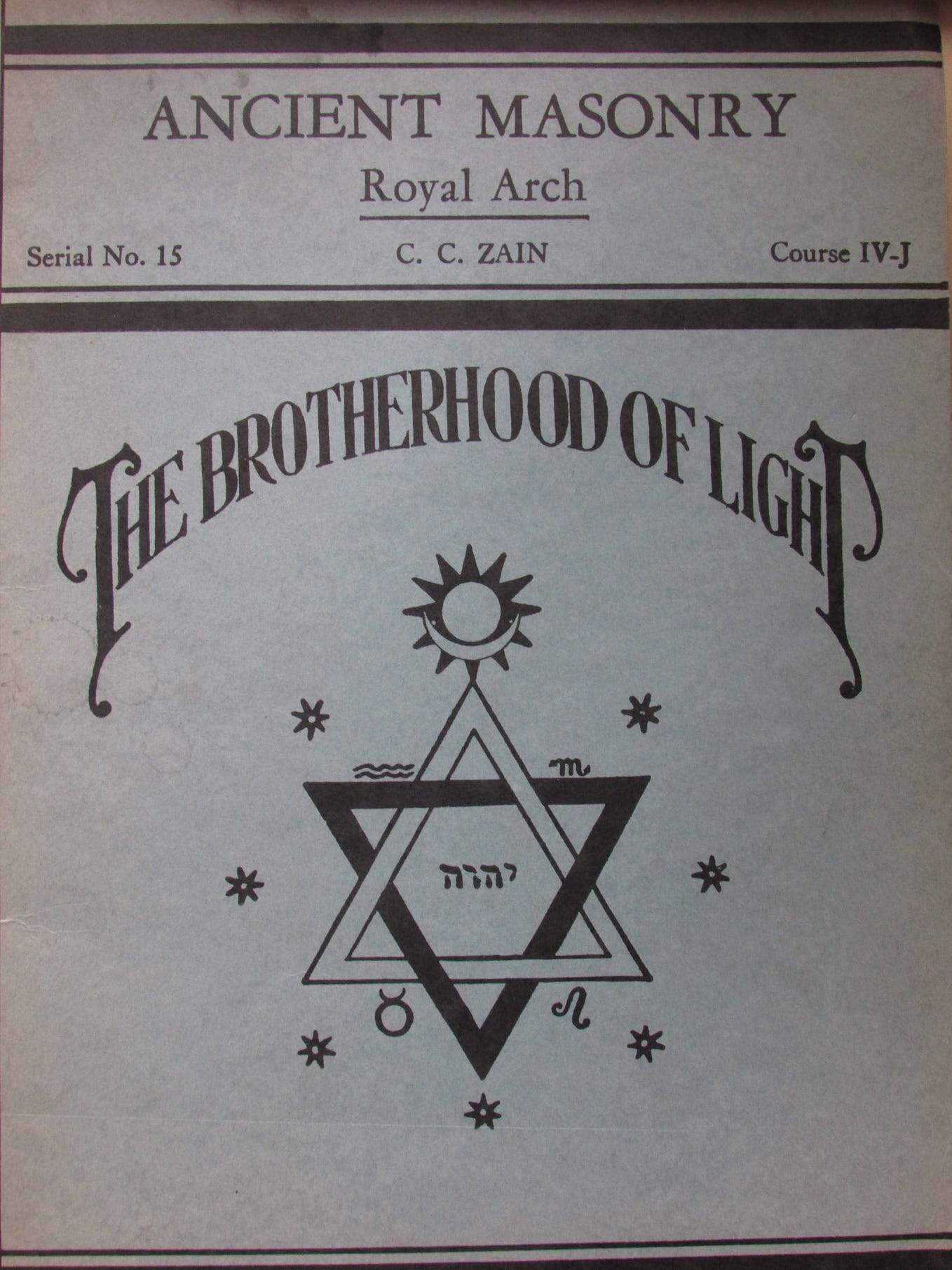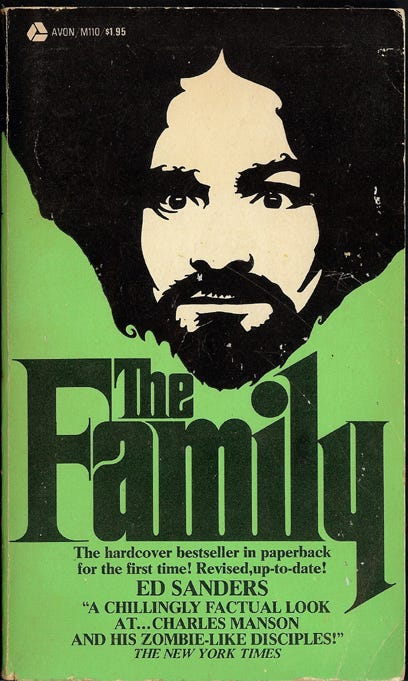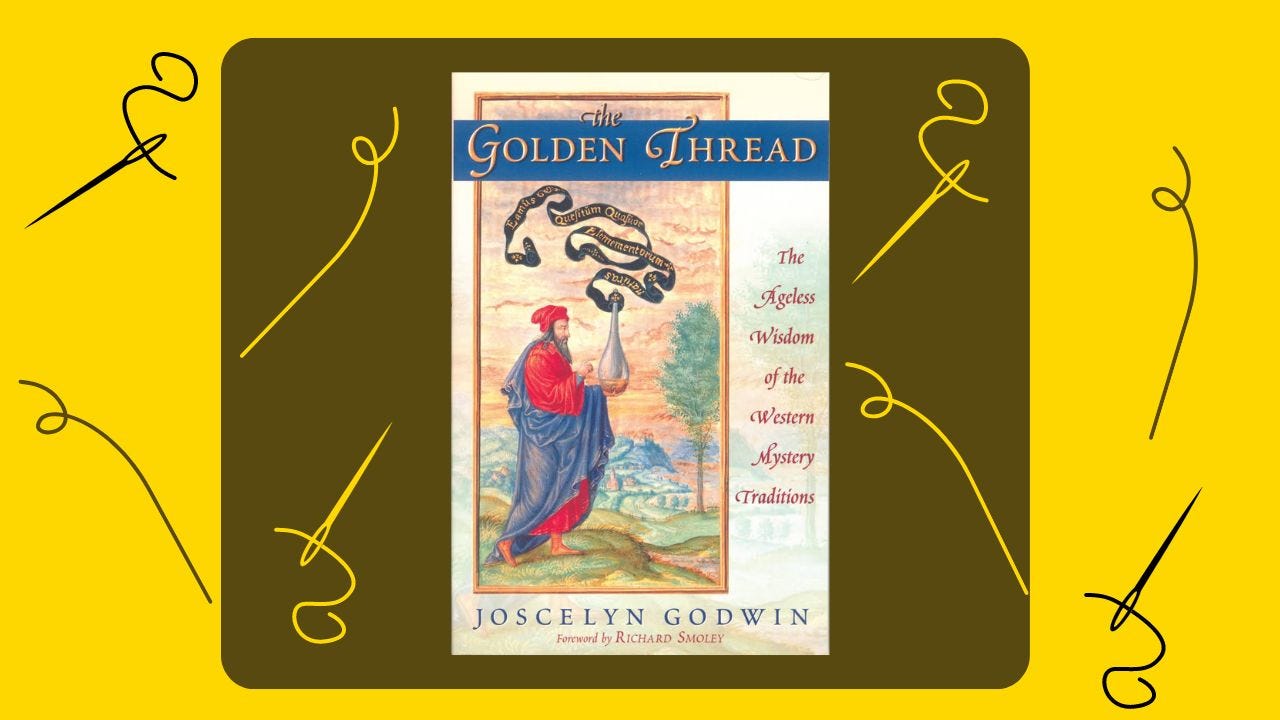John Lennon’s A Spaniard in the Works: Weird Book Artifact #4
It’s all about the crescent wrench, my friends — whatever that means.
The book I’m discussing isn’t quite as obscure as the books I covered in past Weird Books installments, but it is most certainly a strange work of experimental fiction.
It was published on June 24, 1965, by Simon and Schuster. It was authored, as the cover indicates, by Beatle John Lennon, and was the second and last book he published in his lifetime (a third came out posthumously), with the first being In His Own Write from 1964.
The title of the book is a play upon a term used by the British, which goes, “Throw a spanner in the works.” A spanner in the United States is more commonly called a crescent wrench, and the saying that most closely lines up with that British saying is, “Throwing a wrench into the works.”
Basically, it’s a way of saying “screwing everything up.”
It’s an apt title and an apt wrench-holding image on the book’s cover, because “A Spaniard in the Works” is deliberately obtuse and goofy. The book’s style has been compared to James Joyce’s, in that it’s full of wordplay and punnery. The illustrations were done by Lennon, as well, and they are as strange as the language.
I’m fully aware of Lennon’s musical brilliance and standing as a cultural icon, but honestly I find this book to unreadable. This kind of wordplay is fun in small doses, but trying to follow an entire 96-page book like this is just not enjoyable. Read in bits and snippets it’s at times interesting and amusing, but not enough to inspire me to persevere through the irrationality.
Still, I bought a copy of the book and added it to my weird collection because I like it as an historical artifact. This book is clearly a product of the 1960s, and it presages the experimental adventures that Lennon would start guiding the Beatles into with Revolver, Sgt. Peppers, and “The White Album” (which isn’t actually titled the White Album but that’s what everyone calls it).
“Azue orl gnome, Harassed Wilsod won the General Election, with a very small marjorie over the Torchies. Thus pudding the Laboring Partly back into powell after a large abscess. This he could not have done withouspan the barking of thee Trade Onions, heady by Frenk Cunnings (who noun has a SAFE SEAT in Nuneating thank you and Fonk (only 62) Bowels hasn’t.”
— John Lennon, A Spaniard in the Works, pg. 40
The book reminds of a similar literary experiment by Bob Dylan, titled Tarantula, which was written around 1966 and released in 1971. That book was also deliberately obtuse with no clear indication of any purpose to the obtuseness.
Personally, I think both were also similar in that they make terrible reading that would never have been published if not for the musical status of their authors. that may sound like sacrilege to some, but Bob Dylan is one of my favorite artists of any medium, and I simply don’t believe anyone who says they enjoy reading Tarantula. Dylan himself didn’t even like the book and didn’t want it published.
Where both A Spaniard in the Works and Tarantula were admirable, though, was in the determination of the authors to make something distinctly theirs and utterly unique.
The fact that the books were just sort of boring rather than entertaining in their weirdness, I think, is more of an indication of the limitations of literature than anything else.
Music appeals directly to the emotions and offers up more room for experimentation that nevertheless succeeds in striking a chord. In contrast, the written word, by nature, is more of a product of, and appeal to, the mind.
There have of course been folks like Andre Breton and the Surrealists who produced interesting stuff in their genre, but even that, I would argue, works best (or even maybe “works at all”) in short form.
I own a couple books of surrealist poetry and enjoy some of their poems. Could I read an entire novel or succession of surrealist works? I really don’t think so.
At some point, the dreaminess ceases to be interesting and inspiring and becomes tedious.
Regardless, the fact that Lennon put this book out when he did, at the height of his fame, says a lot of interesting things about both him and the era.
Lennon was taken about as seriously as a creative person can hope to be taken. The Beatles were not just celebrities. They were more like messianic figures.
If that sounds outlandish, go comb back through the history of that time. Musicians were considered by many, especially the counterculture, to be spiritual gurus and political lighthouses.
The Beatles were beyond entertainment, especially Lennon, who was always the most revolutionary and experimental of the group. It’s admirable, I think, that he chose to knock himself down a peg by publishing a book of nonsense. In that way, John Lennon seems to be taking the piss out of John Lennon as much as anything.
Maybe the work he’s throwing that spanner into is himself.
Either way, “A Spaniard in the Works” is an interesting landmark in Lennon’s psychological development, which eventually guided the Beatles into their wildest musical experimentation.
The book also shows how fearless Lennon was. He had to know the book risked appearing outlandish and just plain goofy to the public. He published it, anyway. Today the kids would say “John Lennon gave zero fucks.”
“A Spaniard in the Works” is also a book that only could have been published in the ’60s, that high-water mark of experimentation-for-experimentation's sake. What’s it mean? Who the hell knows? Probably something profound, though. Or may nothing at all. And isn’t nothing, like, the most profound meaning of all, dude?
Hell if I know, but it seems like it must have been one wild and fun time to be a creative person.










